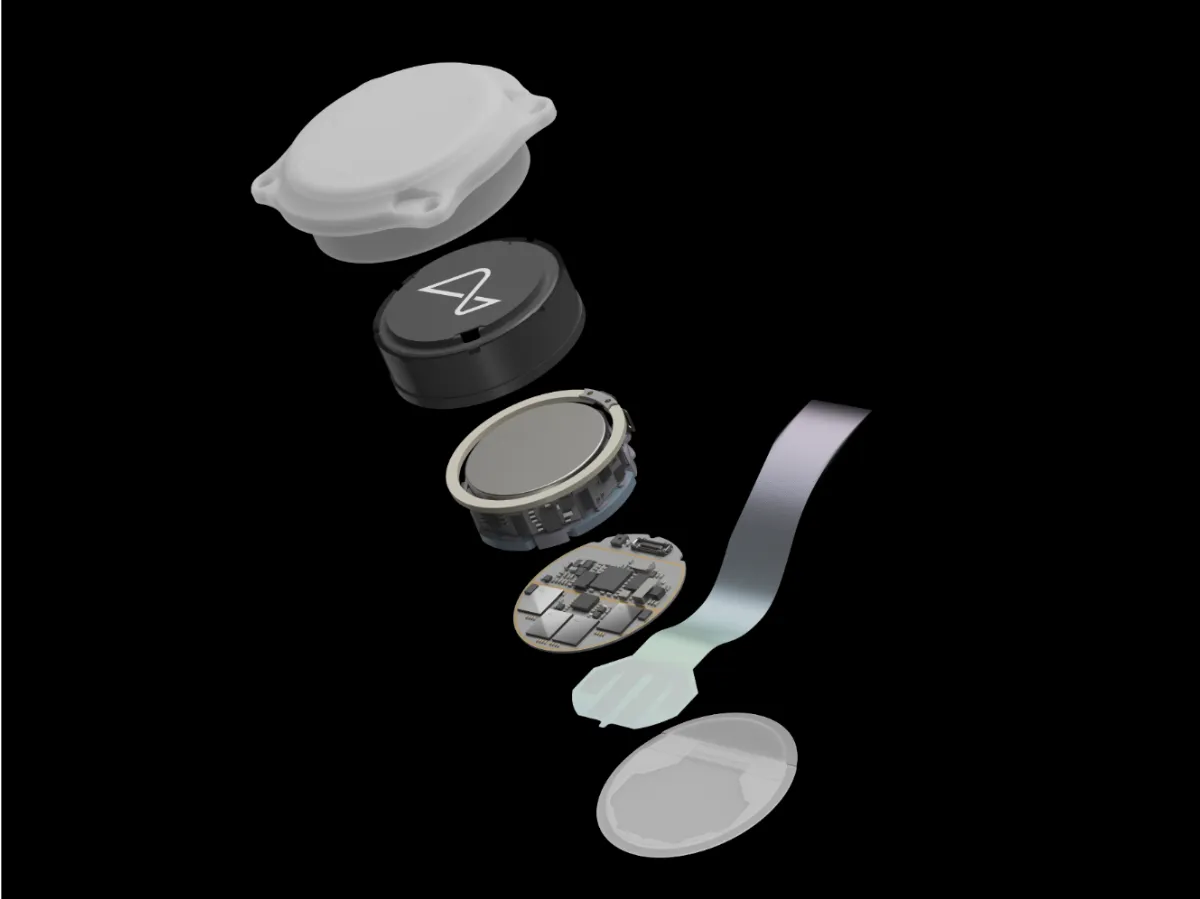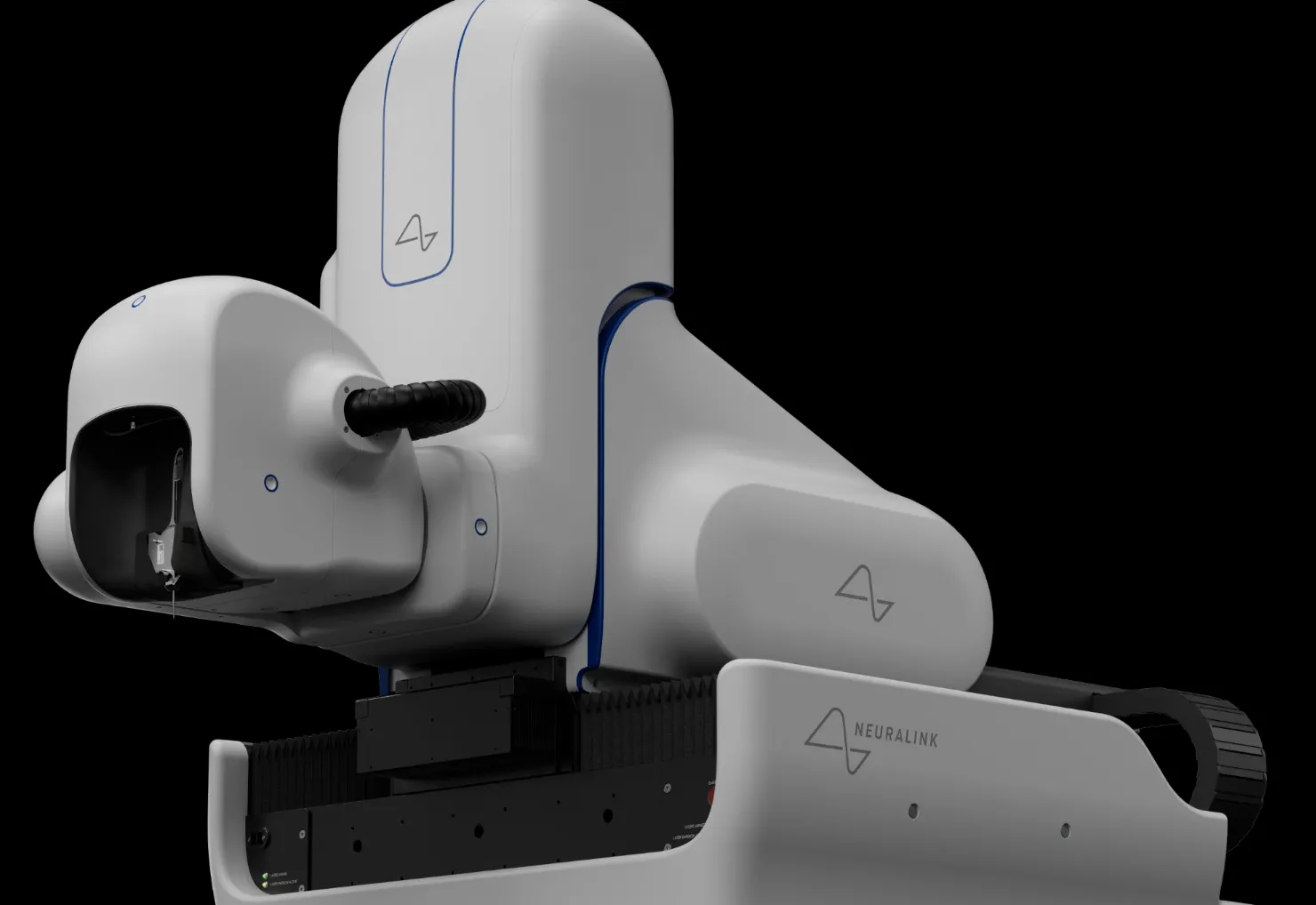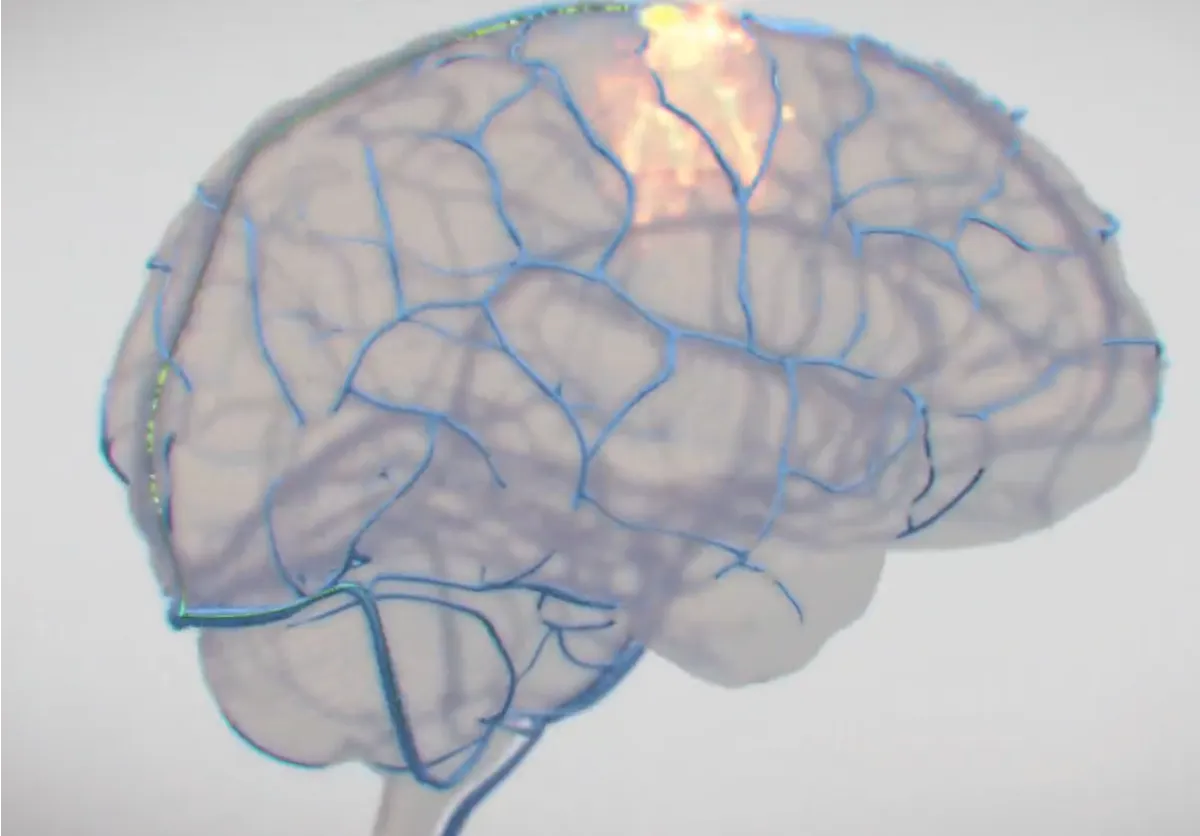New Neuralink News
Craig Shearer - 5th February 2024
Making the news this past week was Elon Musk’s announcement that his company, Neuralink, has performed its first implantation of their experimental Brain Computer Interface device (BCI) into a human.

Last year, Katrina wrote an item giving an overview of the technology, and Musk’s general plans for the technology. From what I read at the time, it seems that Musk had some rather eccentric ideas about the potential of the technology, and how it would be able to prevent imagined catastrophic consequences of AI gone wrong.
Neuralink was founded back in 2016, and publicly announced in 2017. Musk was one of the founders, along with seven other people - scientists and engineers. Remarkably, all of the founders (except Musk) have left the company.
Neuralink has had ambitious plans, driven by Musk in his typical style. What’s actually been achieved, we can only take Musk’s word for. The company has been surrounded by controversy, as many of Musk’s companies have been. There have been various scandals and hurdles along the way. Back in 2022, Neuralink, in conjunction with the University of California at Davis, was performing trials on animals including monkeys and pigs. There were claims of unnecessary suffering of the animals, and of experiments that didn’t go so well, from complications of the installation of the electrodes into the animals’ brains.
What appears to have been achieved in the recent announcement is the implanting of their device into the brain of a single human subject. For this they’ve had to get FDA approval, and only on the basis of a clinical trial, for further investigation. This isn’t technology that is on the market, and undoubtedly won’t be for many years, assuming the trials are successful.
Visiting the Neuralink website reveals very few details. The main aspects of the technology are the implantable “chip”, which is a circular device containing 1024 electrodes (a power of 2, so likely formed into a 2D matrix), each thinner than a human hair, that are implanted into the motor cortex of the subject’s brain.

(From the Neuralink website - presumably an artist’s impression/design drawing of the technology)
From the picture above, it’s unclear exactly how the electrodes work - is that the ribbon part of the picture above?
The actual implantation is achieved using a surgical robot also developed by Neuralink. This, it is claimed, allows the device to be implanted quickly and accurately.

(A picture of the surgical robot that implants the “threads”)
Some of the concerns around the device would include how the brain will react to the device in the long term - being that the body is very good at rejecting foreign bodies, and tends to form scar tissue around embedded foreign bodies. However, Neuralink states that their electrodes are bio-compatible, which presumably means that there’s little likelihood of rejection and adverse reaction. Perhaps of more concern is that the device is actively powered by a lithium battery. Of course, there is the potential for a battery to leak or fail in some way. There’s also the concern about whether the device could be successfully removed from the patient should that be necessary or desired (get this thing out of me!), and then there’s the concern about the electrodes migrating to other parts of the brain and causing damage. Anyway, it would appear that these concerns have been overcome, and that the FDA has granted approval for the limited investigative trial to proceed.
Interestingly, while the Neuralink website contains a blog, the last post is back in September 2023, and there’s no mention of the news that Musk tweeted (or X-ed) out. Perhaps that’s Musk wanting his social media platform to have prominence in announcing the news, but I’d have expected some follow up on their actual website.
So what is the device going to do? The idea of implanting into the motor cortex is that the electrodes in the device are then able to sense brain signals being generated in response to the subject thinking about movement.
At this stage the test subjects that have been recruited are people who suffer from quadriplegia, generally people who have a severe disability that affects their ability to communicate. The idea of Neuralink is that they’ll be able to control external devices such as computers and smartphones by thinking about movement. The device could take advantage of the brain’s plasticity, allowing the brain to “reprogram” itself to send signals via the device which would move a cursor around the screen and perform other simple functions.
This appears to be a fairly simple application, but Neuralink isn’t actually the first company to achieve this feat. Apparently the market is quite crowded with neurotechnology companies. One company that I looked into is Synchron, which has locations in Melbourne, Australia, and the US. Intriguingly, they seem to have already achieved what Musk is claiming, though using a different approach.
While the Neuralink device is physically small, and designed to implant directly near the motor cortex, the Synchron technology takes the approach of using the brain’s existing blood vessel network, and inserting microwires in, to deliver the sensors into the motor cortex area. In this way, it’s perhaps less invasive than Musk’s technology, and the technology for inserting a stent is well established.

On Synchron’s website there’s a video of an actual patient who has their device implanted. He’s able to drive his computer using the implanted device to be able to write and send emails, surf the web, etc. As such, it seems that it’s a good proof-of-concept, though there’s likely a host of issues that need to be ironed out.

Anyway, as regular readers will know, and can probably guess, I’m not a brain scientist, so all I can do is relate what I’ve been able to glean from the reading I’ve done around this.
I think it’s fairly obvious that Musk’s ideas of the future potential of the technology are quite far-fetched, or at least many decades into the future. It’s a big step from implanting a device that can sense the signals the brain is generating to one where computers can control the brain, or read its thoughts, or have us become anything like the cyborgs imagined by a multitude of sci-fi authors.
It seems unlikely that any device will be able to read our thoughts. Our brains encode our memories in ways that are likely unique to our own brain and therefore can’t be standardised. And, any device that is likely to be approved for use is unlikely to be able to be implanted deep into the brain, for safety reasons. It’s not likely that the intricacies of our thoughts are going to be easily revealed and interpreted by a set of relatively low resolution electrodes. I guess the state of the technology is like the early stages of mechanical TV technology - invented by John Logie Baird and initially with only 30 lines of resolution. It’s hard to imagine that BCI technology will progress easily beyond its current limitations.
Brain Computer Interfaces are undoubtedly in their infancy. We can imagine a future where our technology is more tightly integrated with our bodies, but whether it’s inevitable that this type of implant will make its way into wide usage in the future is anyone’s guess.
While there are parallels to other technological revolutions that in hindsight, seemed obvious that they were going to succeed, I think BCI is quite unlike technologies such as cars in that it’s the integration with biology that makes it different, coupled with the inherent risks. Who is going to want to implant a device in their brain, only to have the technology made obsolete by developments in the following years and decades? It’s far from clear that such an implant can be easily removed, to have its technology upgraded. While there are perhaps clear benefits for people who are severely physically disabled, being “locked in”, it’s hard to see that the benefits outweigh the major risks of the technology in any near future we can imagine.
Anyway, as Bronwyn is fond of saying, I guess we have to “watch this space” to see whether Neuralink’s technology actually pans out as something useful. Hopefully the patient who received the first implant doesn’t suffer any catastrophic consequences! The trial is scheduled to last for 6 years though, so I imagine we’ll be waiting a while.